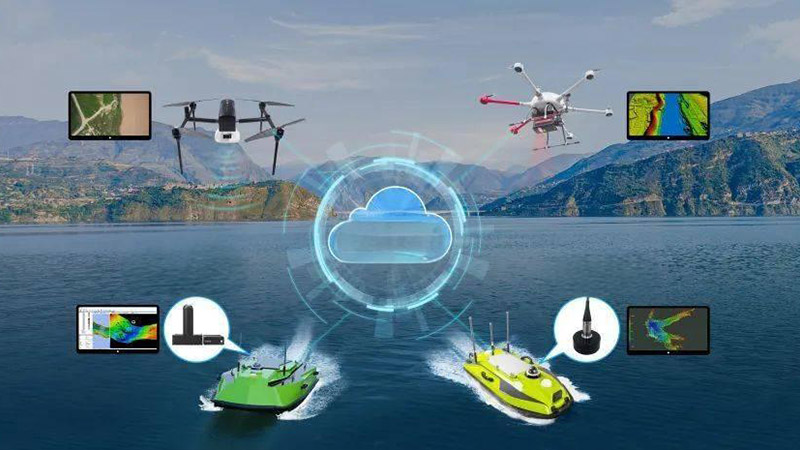The maritime industry is beginning to embrace automation, and 3D LiDAR is a crucial technology enabling the development of autonomous ships. With its ability to map surroundings and detect obstacles in real time, 3D LiDAR is helping ships navigate complex and dynamic marine environments more safely and efficiently.

Enhancing Navigation in Complex Marine Environments
Maritime navigation presents unique challenges, including unpredictable weather, moving obstacles like other vessels, and varying water conditions. 3D LiDAR provides autonomous ships with the ability to create detailed 3D maps of their surroundings, allowing them to navigate safely in busy harbors, narrow waterways, or open seas.
By using laser pulses to detect objects and measure distances, 3D LiDAR can identify obstacles such as buoys, docks, or other vessels, even in low-visibility conditions like fog or at night. This enhanced situational awareness ensures that autonomous ships can respond to changing environments in real time, avoiding collisions and optimizing routes.
Collision Avoidance and Object Detection
In autonomous ships, one of the most critical applications of 3D LiDAR is collision avoidance. The technology enables ships to detect objects at various distances and angles, allowing them to take evasive action when necessary. This is particularly important in congested waters, where human error or poor visibility can lead to accidents.
3D LiDAR’s precise object detection also plays a role in docking procedures, helping autonomous ships navigate safely into ports without relying on manual control. The ability to detect both stationary and moving objects ensures that ships can dock smoothly and avoid collisions with other vessels or infrastructure.
Applications in Offshore Operations
Beyond navigation, 3D LiDAR is also being used in offshore operations, such as monitoring and inspecting oil rigs or wind farms. Autonomous ships equipped with 3D LiDAR can perform inspections of underwater infrastructure, providing detailed 3D models of platforms, pipelines, or turbines. This data helps operators identify potential issues, reduce maintenance costs, and improve safety.
Conclusion
3D LiDAR is revolutionizing the maritime industry by enabling autonomous ships to navigate safely and efficiently in complex marine environments. From collision avoidance to offshore inspections, the technology provides ships with the situational awareness needed for autonomous operations. As 3D LiDAR continues to evolve, it will play a key role in the future of marine transportation and offshore operations.


